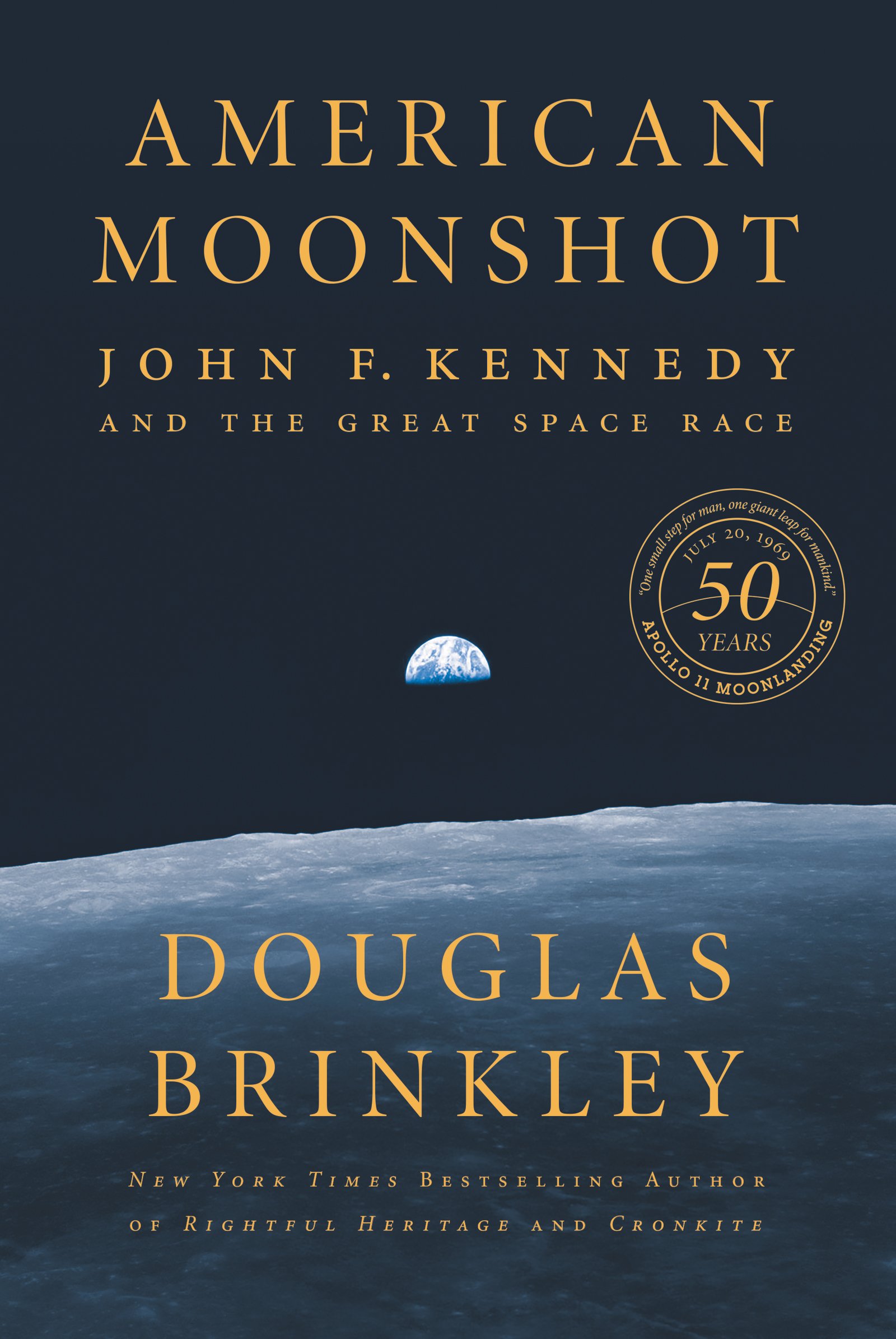A Study Of Dwarf Plants Including The History Of The Concept, Orbital Dominance, Size And Mass, And Current Members
by Patrick Sing
2021-01-04 22:22:34
A Study Of Dwarf Plants Including The History Of The Concept, Orbital Dominance, Size And Mass, And Current Members
by Patrick Sing
2021-01-04 22:22:34
Please note that the content of this book primarily consists of articles available from Wikipedia or other free sources online. A dwarf planet, as defined by the International Astronomical Union (IAU), is a celestial body orbiting a star that is ma...
Read more
Please note that the content of this book primarily consists of articles available from Wikipedia or other free sources online.
A dwarf planet, as defined by the International Astronomical Union (IAU), is a celestial body orbiting a star that is massive enough to be spherical as a result of its own gravity but has not cleared its neighboring region of planetesimals and is not a satellite. The term dwarf planet was adopted in 2006 as part of a three-way categorization of bodies orbiting the Sun, brought about by an increase in discoveries of trans-Neptunian objects that rivaled Pluto in size, and finally precipitated by the discovery of an even larger object, Eris. This book studies dwarf planets including hydrostatic equilibrium, Ceres, Eris, Makemake, and Haumea.
Project Webster represents a new publishing paradigm, allowing disparate content sources to be curated into cohesive, relevant, and informative books. To date, this content has been curated from Wikipedia articles and images under Creative Commons licensing, although as Project Webster continues to increase in scope and dimension, more licensed and public domain content is being added. We believe books such as this represent a new and exciting lexicon in the sharing of human knowledge.
Less






























